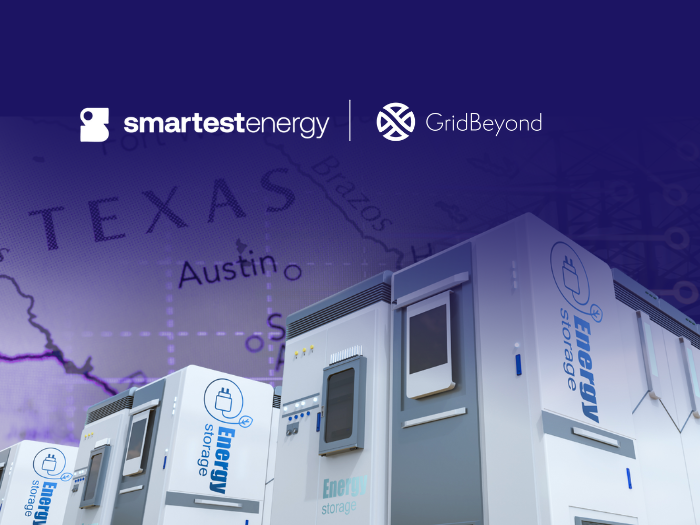News
better business decisions
Posted 2 years ago | 4 minute read

New option proposed for Ontario’s ICI program
Large electricity consumers in Ontario could have a new option to decrease the peak demand costs that dictate their portion of the overall electricity system expenses, commonly known as the Global Adjustment (GA).
Under the proposal to amend the Industrial Conservation Initiative (ICI) program, which was tabled on November 2, participants in the ICI program would be able to use clean energy power purchase agreements (PPAs) to offset their electricity consumption during the five hours of annual highest system-wide demand.
All energy users in Ontario pay a Global Adjustment fee. It covers the cost of:
- building new electricity infrastructure
- maintaining existing resources
- providing conservation and demand management programs
Global Adjustment (GA) fees can add up to 40%-60% of a business’ electricity bill. To encourage large electricity users to shift their consumption the government introduced the Industrial Conservation Initiative (ICI).
Under the current ICI program, commercial account holders with an average monthly demand of at least 1MW and manufacturers with an average monthly demand of at least 500kW are categorized as Class A consumers. The factor used to determine their share of total GA costs is based on their energy usage during the five hours of highest system-wide demand in the 12 months from May 1 to April 30. Class B consumers, including all commercial account holders with an average monthly demand less than 1 MW, collectively cover the remaining GA costs after the Class A allotment is subtracted. Their apportionment is based on a per kilowatt-hour basis.
The proposal, currently open for public comment until December 17 on Ontario’s regulatory registry, draws a parallel to virtual net metering. By using contracted electricity from qualifying clean energy producers, participants would treat this supply as if it were on-site generation for the purpose of calculating global adjustment costs. The proposal suggests that PPAs with specific types of clean energy facilities, such as wind, solar, small hydroelectric (with less than 10MW of capacity), biofuel, or battery storage, would be eligible for this arrangement.
The Ministry will review public feedback and stakeholder insights before finalizing the regulation, which is proposed to come into effect on May 1, 2024. This would align with the commencement of the new base period, determining peak demand factors for Class A consumers for the subsequent 12 months from July 1, 2025 to June 30, 2026.
GridBeyond Business Development Director Kareem Nakhla said:
“While this initiative might be advantageous for Class A consumers, allowing them to offset demand peaks with zero-emissions off-site power, it could potentially increase the GA costs for Class B consumers.
“In addition, as more and more users begin to participate in the ICI program, it is becoming more difficult to predict and curtail during the top five peak hours each year. Most coincident peaks take place in the summer, when energy use is at its highest. The better that an ICI participant can forecast the top five hours of peak demand and shift their electricity usage accordingly, the more they will be able to benefit from the ICI program.
“At GridBeyond As part of our AI-driven solution we monitor your energy usage on a sub-second basis and can even automate the turn down or turn off of your site demand when prices are forecast to reach the peak. Our trading and optimization platform can predict energy prices with up to 48 hours advanced notice with 90%+ accuracy giving you the time needed to plan accordingly.
“At GridBeyond we work to bridge the gap between distributed energy resources and electricity markets, our technology means every connected asset, whether its utility-scale renewables generation, battery storage or industrial load, can be utilised to help balance the grid – supporting asset owners and energy consumers unlock new revenues and savings, resilience, manage price volatility, while supporting the transition to a net zero future.”








